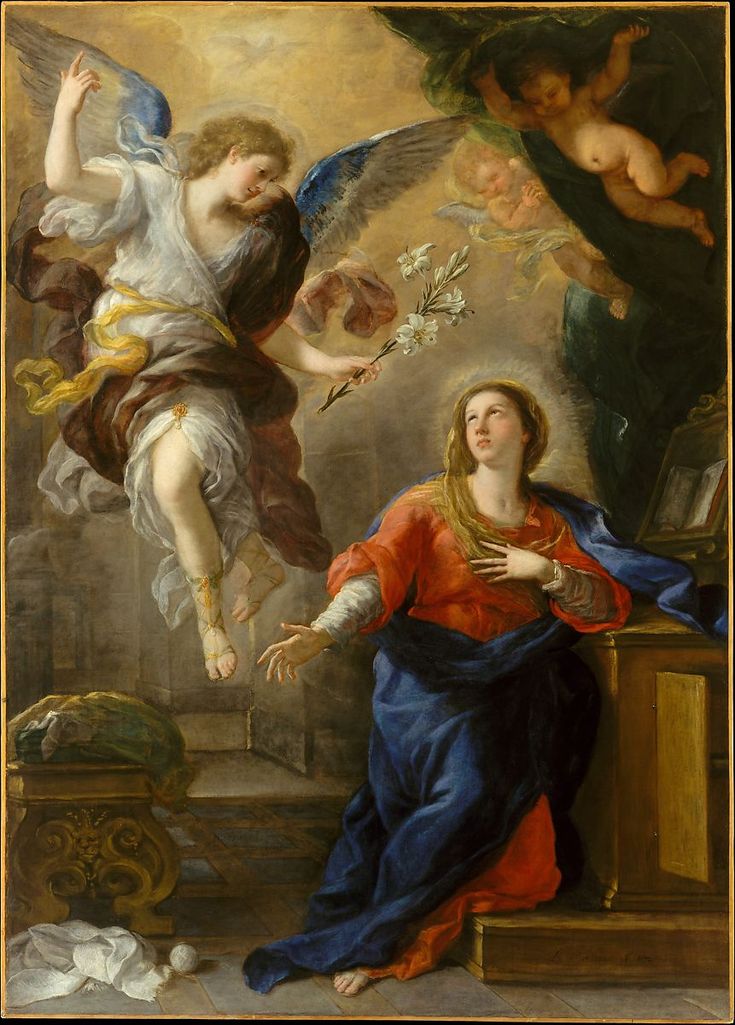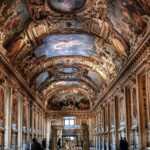The Metropolitan Museum of Art: A Cultural Treasure
The Metropolitan Museum of Art, commonly known as “The Met,” stands as one of the most iconic cultural institutions in the world. Located in New York City, it offers an unparalleled journey through human creativity and history, with a collection that spans 5,000 years of art from every corner of the globe.
The Met is not just a museum but a reflection of humanity’s achievements, aspirations, and inspirations. Let’s explore its rich history, daily life impacts, and why it remains a significant cultural landmark.
A Brief History of the Metropolitan Museum of Art
- Foundation:
Established in 1870, The Met was founded by a group of American citizens, including artists, businessmen, and thinkers, who wanted to bring art and education to the public. - Growth and Expansion:
The museum opened its doors to the public in 1872 and has since grown into a sprawling institution, with three locations: The Met Fifth Avenue, The Met Cloisters, and The Met Breuer. - Collection Development:
Over the years, the museum’s collection expanded, now encompassing over 2 million works of art, including ancient artifacts, European masterpieces, and modern creations.
Daily Life Impacts of Metropolitan Museum of Art
The Met has a profound impact on daily life, both for visitors and the wider community:
- Educational Opportunities: The museum provides programs, workshops, and exhibitions that educate visitors of all ages about art and culture.
- Inspiration for Artists: Creatives from around the world draw inspiration from The Met’s diverse collection.
- Economic Boost: The Met attracts millions of tourists each year, significantly contributing to New York City’s economy.
- Cultural Accessibility: Its “Pay What You Wish” policy for certain residents makes art accessible to people from all walks of life.
- Mental Well-being: A visit to The Met offers a serene escape, providing cultural enrichment and mental relaxation.
10 Captivating Facts About the Metropolitan Museum of Art
- Massive Collection: The Met boasts over 2 million works of art, making it one of the largest art museums in the world.
- Diverse Art Styles: From ancient Egyptian mummies to modern American paintings, the museum spans every artistic era.
- The Met Gala: Known as “fashion’s biggest night,” this annual event raises funds for the museum and garners global attention.
- Global Representation: The Met’s collection includes artifacts and artworks from over 50 countries.
- The Cloisters: This branch of The Met is dedicated to medieval art and architecture, offering a unique historical experience.
- Iconic Exhibitions: Past exhibitions, such as “Heavenly Bodies: Fashion and the Catholic Imagination,” have been groundbreaking.
- Architectural Marvel: The Met’s Fifth Avenue location features stunning neoclassical architecture.
- Central Park Connection: Located on the edge of Central Park, The Met provides a picturesque cultural escape.
- Art Restoration: The Met is a leader in art conservation, ensuring that its treasures are preserved for future generations.
- Virtual Accessibility: The Met offers extensive online resources, including virtual tours and digital collections.
Significance of the Metropolitan Museum of Art
Cultural Importance
The Met bridges the past and present, showcasing the evolution of human creativity. Its diverse collection fosters cross-cultural understanding and appreciation.
Educational Value
As an educational hub, The Met offers programs for students, educators, and lifelong learners, encouraging deeper engagement with art and history.
Economic Contributions
The museum attracts millions of visitors annually, supporting local businesses and creating thousands of jobs in tourism and the arts.
Artistic Inspiration
For aspiring artists, scholars, and art lovers, The Met serves as a beacon of inspiration, offering unparalleled access to masterpieces.
FAQs About the Metropolitan Museum of Art
1. How much does it cost to visit?
Admission is free for New York residents and pay-what-you-wish for others. For tourists, standard fees apply.
2. What are the must-see works at The Met?
Highlights include Vincent van Gogh’s Wheatfield with Cypresses, the Egyptian Temple of Dendur, and Emanuel Leutze’s Washington Crossing the Delaware.
3. Can I take photos inside The Met?
Yes, photography for personal use is allowed, but flash and tripods are prohibited.
4. What is The Met Cloisters?
The Cloisters is a branch of The Met dedicated to medieval European art, located in Upper Manhattan.
5. How can I explore The Met online?
Visit The Met’s website for virtual tours, high-resolution images of artworks, and educational materials.
Why Metropolitan Museum of Art Matters to Society
The Metropolitan Museum of Art is more than a repository of artworks—it is a cultural institution that nurtures understanding, preserves history, and inspires creativity. It serves as a meeting ground for people from diverse backgrounds, united by a shared love for art and culture.
Wishing for Metropolitan Museum of Art Continued Success
As Metropolitan Museum of Art continues to evolve, let us celebrate its contributions to society. Whether you visit in person or explore its treasures online, The Metropolitan Museum of Art promises an enriching experience that resonates deeply with all who seek beauty, knowledge, and inspiration.










